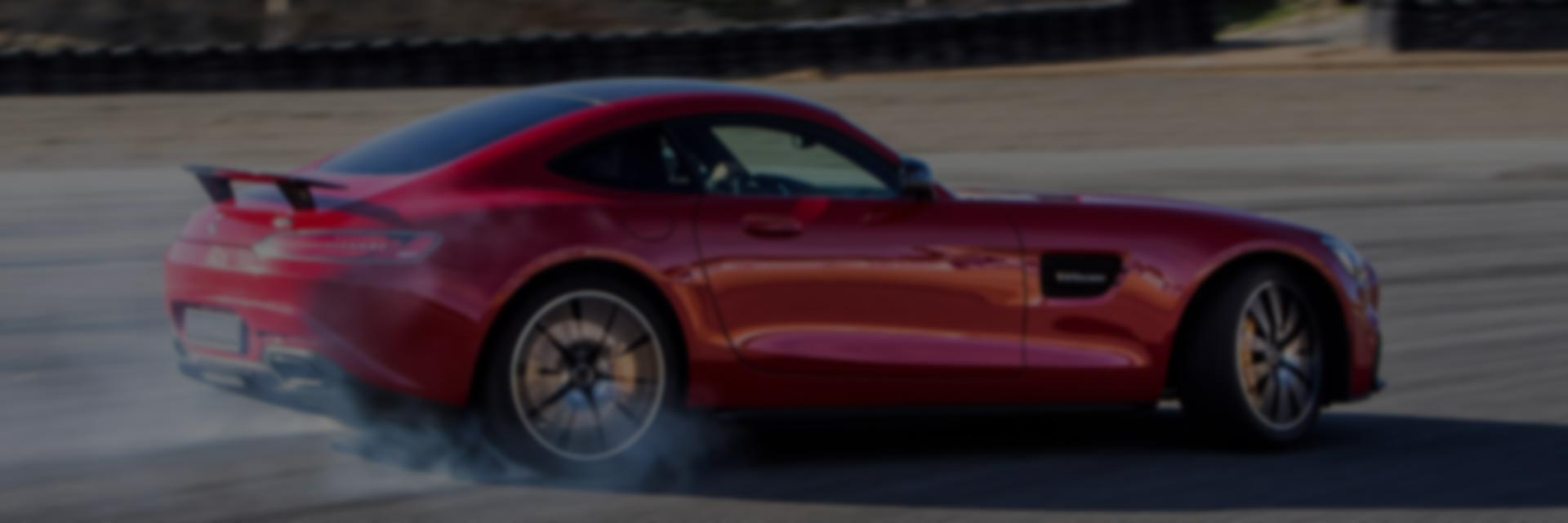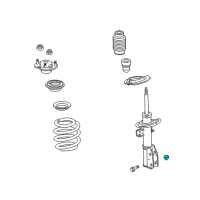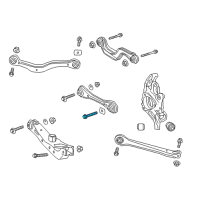< Back ×
My Vehicle Change Vehicle
2010 Cadillac SRX
< Back to View All
Alignment Kits
- Department
- Prices
OEM (Genuine) 2010 Cadillac SRX Motor Nut
PartNumber: 11516078 Product Specifications
Product Specifications- Location: Driver Side; Passenger Side
- Item Dimensions: 1.6 x 1.5 x 0.7 inches
- Item Weight: 0.40 Pounds
- Fitment Type: Direct Replacement
- Replaces: 11518997, 11588927, 11508101
- Part Description: 2010 Cadillac SRX Motor Nut
Vehicle Fitment- 2010 Cadillac SRX | Base, Luxury, Performance, Premium | 6 Cyl 2.8 L GAS, 6 Cyl 3.0 L GAS, 6 Cyl 3.6 L FLEX, 6 Cyl 3.6 L GAS
$4.66 MSRP:$7.39You Save: $2.73 (37%)OEM (Genuine) 2010 Cadillac SRX Tow Hook Nut
PartNumber: 11516383 Product Specifications
Product Specifications- Location: Driver Side; Passenger Side
- Item Dimensions: 3.2 x 2.8 x 1.5 inches
- Item Weight: 0.60 Pounds
- Fitment Type: Direct Replacement
- Replaces: 11515746, 11516784, 11502815
- Part Description: 2010 Cadillac SRX Tow Hook Nut
Vehicle Fitment- 2010 Cadillac SRX | Base, Luxury, Performance, Premium | 6 Cyl 2.8 L GAS, 6 Cyl 3.0 L GAS, 6 Cyl 3.6 L FLEX
$2.82 MSRP:$4.47You Save: $1.65 (37%)OEM (Genuine) 2010 Cadillac SRX Bracket Bolt
PartNumber: 11589279 Product Specifications
Product Specifications- Notes: 3.0 Liter, W/AWD, #1; 2.8 Liter, #1
- Item Dimensions: 4.6 x 1.7 x 1.2 inches
- Item Weight: 0.60 Pounds
- Fitment Type: Direct Replacement
- Replaces: 11900287
- Part Description: 2010 Cadillac SRX Bracket Bolt
Vehicle Fitment- 2010 Cadillac SRX | Base, Luxury, Performance, Premium | 6 Cyl 2.8 L GAS, 6 Cyl 3.0 L GAS, 6 Cyl 3.6 L FLEX, 6 Cyl 3.6 L GAS
$4.79 MSRP:$7.60You Save: $2.81 (37%)OEM (Genuine) 2010 Cadillac SRX Engine Cradle Front Bolt
PartNumber: 11609933 Product Specifications
Product Specifications- Notes: W/O AWD; W/AWD
- Item Dimensions: 8.5 x 1.7 x 1.4 inches
- Item Weight: 0.70 Pounds
- Fitment Type: Direct Replacement
- Part Description: 2010 Cadillac SRX Engine Cradle Front Bolt
Vehicle Fitment- 2010 Cadillac SRX | Base, Luxury, Performance, Premium | 6 Cyl 2.8 L GAS, 6 Cyl 3.0 L GAS, 6 Cyl 3.6 L FLEX, 6 Cyl 3.6 L GAS
$25.56 MSRP:$42.32You Save: $16.76 (40%)
FAQ for Camber and Alignment Kit Repair
Q: What is the recommended torque for the inner nut?
A:
The recommended torque is 150 Nm (110 lb-ft).
By Bob
GM Specialist
01/11/2022Q: How to adjust the front camber (GNC, GNE)?
A:
You should position the vehicle properly on an alignment rack, loosen both of the front suspension strut nuts enough to allow for movement, adjust the front camber to specification, install the strut to knuckle nuts and verify the front camber adjustment specification and readjust if needed.
By Bob
GM Specialist
01/11/2022Q: What should be done to adjust wheel alignment-steering wheel angle and/or front toe?
A:
First, you should make sure that the steering wheel is set in a straight-ahead position. Then you should loosen the tie rod jam nut and adjust the toe to specification by turning the adjuster. Finally, you should install the tie rod jam nut and tighten it.
By Bob
GM Specialist
01/11/2022Q: How to adjust the rear camber?
A:
First, you should loosen the adjuster cam nut. Then, you should use a wrench to rotate the adjuster bolt and adjust the cam to specifications. After that, you should use a wrench to hold the adjuster bolt and tighten the adjuster nut. Then you should check the toe alignment and adjust if required. Finally, you should test drive the vehicle.
By Bob
GM Specialist
01/11/2022Q: What should be done to adjust the rear toe?
A:
First, you should loosen the rear suspension adjustment link nuts. Then you should rotate the rear suspension adjustment link until the proper specification is achieved. After that, you should use a backup wrench, hold the rear suspension adjustment link and tighten the outer nut and the inner nut. Finally, you should recheck the toe setting after tightening.
By Bob
GM Specialist
01/11/2022Q: What is the recommended torque for the adjuster nut?
A:
The recommended torque is 70 Nm (52 lb-ft).
By Bob
GM Specialist
01/11/2022Q: What is the recommended torque for the tie rod jam nut?
A:
The recommended torque is 68 Nm(50 lb-ft).
By Bob
GM Specialist
01/11/2022Q: What should be done to measure the front and rear alignment angles?
A:
First, you should install the alignment equipment according to the manufacturer's instructions. Then you should jounce the front and the rear bumpers 3 times before checking the wheel alignment. After that, you should measure the alignment angles and record the readings. Finally, you should adjust alignment angles to vehicle specifications, if necessary.
By Bob
GM Specialist
01/11/2022Q: What is the recommended torque for knuckle nuts?
A:
The recommended torque for knuckle nuts is 120 Nm (89 lb-ft).
By Bob
GM Specialist
01/11/2022Q: What should we inspect and adjust before performing any adjustment affecting wheel alignment to ensure correct alignment readings?
A:
You should inspect the tires for the proper inflation and irregular tire wear, the runout of the wheels and the tires, the wheel bearings for backlash and excessive play, the ball joints and tie rod ends for looseness or wear, the control arms and stabilizer shaft for looseness or wear, the steering gear for looseness at the frame, the struts/shock absorbers for wear, leaks, and any noticeable noises, the vehicle trim height and the steering wheel for excessive drag or poor return due to stiff or rusted linkage or suspension components.
By Bob
GM Specialist
01/11/2022See more FAQs (7)





